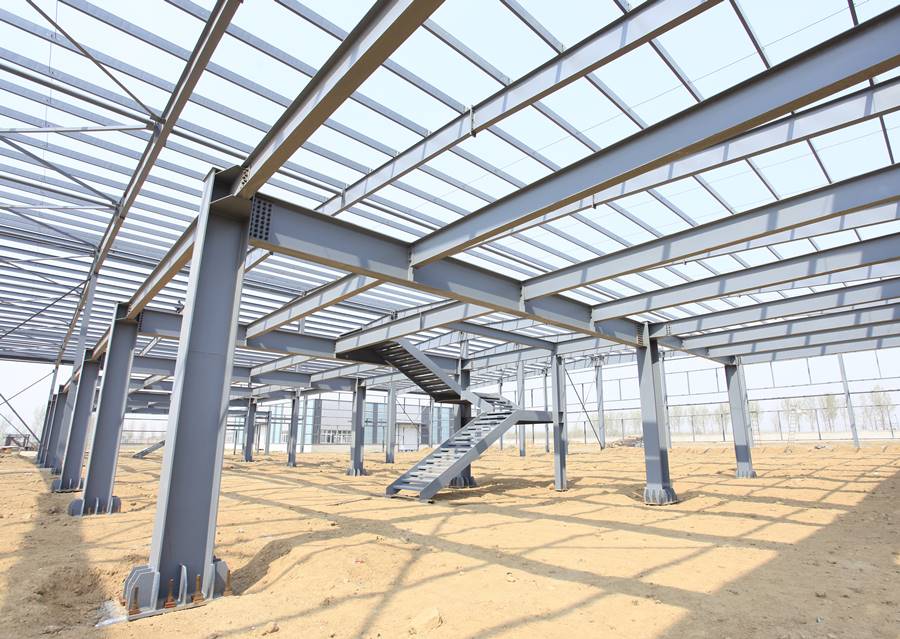
Structural steel fabrication plays a crucial role in modern construction projects, providing the framework that supports buildings, bridges, and other structures. From high-rise skyscrapers to industrial facilities, structural steel is a versatile material that offers strength, durability, and design flexibility. In this guide, we will delve into the art of structural steel fabrication, exploring the modern techniques and processes that are used to create these essential components of our built environment. You can also get more information on structural steel fabrication through https://8starmetalengineering.com.au/services/structural-steel/
The Basics of Structural Steel Fabrication
Structural steel fabrication involves the cutting, bending, and assembling of steel beams, columns, and other components to create the framework of a building or structure. This process requires precision and expertise to ensure that the final product meets the specifications and design requirements of the project. Here are the key steps involved in structural steel fabrication:
1. Design and Engineering
- Structural engineers work closely with architects and other stakeholders to design the structural steel components of the project.
- Computer-aided design (CAD) software is used to create detailed drawings and plans that outline the dimensions and specifications of each steel element.
2. Material Selection
- High-quality steel is selected based on the specific requirements of the project, taking into account factors such as strength, corrosion resistance, and cost.
- The steel is sourced from reputable suppliers and undergoes rigorous testing to ensure compliance with industry standards.
3. Fabrication Process
- The steel is cut, drilled, and shaped according to the design specifications using advanced machinery such as laser cutters, plasma cutters, and press brakes.
- Welding techniques are employed to join the steel components together, creating seamless connections that provide structural integrity.
Modern Techniques in Structural Steel Fabrication
Advancements in technology have revolutionized the field of structural steel fabrication, allowing for greater precision, efficiency, and customization in the manufacturing process. Here are some of the modern techniques that are shaping the industry:
1. 3D Modeling
- Building Information Modeling (BIM) software enables engineers to create detailed 3D models of the structure, allowing for virtual simulations and precise coordination of the steel components.
- 3D modeling helps identify potential clashes or conflicts in the design early on, reducing errors and saving time during the fabrication and construction phases.
2. CNC Machining
- Computer Numerical Control (CNC) machines are used to automate the cutting and drilling processes, improving accuracy and efficiency in the fabrication of steel components.
- CNC machining allows for complex shapes and designs to be achieved with high levels of precision, resulting in a more streamlined and cost-effective production process.
3. Robotic Welding
- Robotic welding systems are employed to enhance the speed and quality of welds in structural steel fabrication.
- Robots are programmed to perform repetitive welding tasks with consistent accuracy, reducing the risk of human error and ensuring the strength and durability of the connections.
Benefits of Structural Steel Fabrication
Structural steel fabrication offers a wide range of benefits that make it an ideal choice for construction projects of all sizes and complexities. Here are some of the advantages of using structural steel:
1. Strength and Durability
- Structural steel has a high strength-to-weight ratio, making it capable of supporting heavy loads while remaining lightweight.
- Steel is resistant to fire, corrosion, and pests, ensuring the longevity and safety of the structure.
2. Design Flexibility
- Steel can be easily shaped and manipulated to achieve complex architectural designs and unique structural configurations.
- Structural steel allows for long spans and open spaces, providing architects and designers with creative freedom in their projects.
3. Sustainability
- Steel is a highly sustainable material that is recyclable and can be reused in other projects, reducing the environmental impact of construction activities.
- Structural steel fabrication produces minimal waste and energy consumption compared to other building materials, making it an eco-friendly choice for green building projects.
Conclusion
Structural steel fabrication is an essential part of modern construction, providing the strength, durability, and design flexibility needed to create iconic buildings and structures around the world. By embracing the latest technologies and techniques in steel fabrication, construction professionals can deliver projects that are not only efficient and cost-effective but also sustainable and visually striking. As the art of structural steel fabrication continues to evolve, we can expect to see even more innovative and awe-inspiring structures that push the boundaries of what is possible in the built environment.